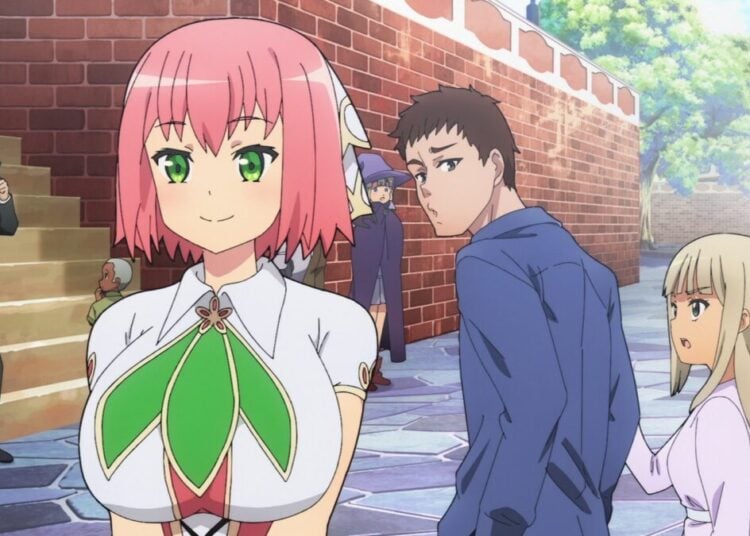Sometimes part of the fun of studying a language like Japanese is “surfing” the linguistic elements that are different from English. One of the first kanji characters you encounter is 気 ki, a rather all-purpose character for expressing abstract ideas, read chi in Chinese. Translatable as spirit, soul, nature, heart, mood, feeling, or atmosphere, it generally deals with concepts related to the air, invisible forms of energy, or a person’s awareness, and it’s found in common words like 元気 genki (happy, energetic), 天気 tenki (weather) and 空気 kuuki (air). The word can express motivation (やる気 yaruki = lit. the intention to do things) as well as a person’s emotions (気持ち kimochi = one’s feelings, especially one’s romantic intentions towards another). The concept is used in martial arts and yoga, which seek to focus the body’s ki energy in beneficial ways, and it’s the core of feng shui (fuusui in Japanese), which tries to improve your life by organizing your environment so this invisible energy can flow more freely around you. (Fun fact: China’s Boxer Rebellion of 1899 came about because Westerners were building railroads without concern for the proper directional rules of feng shui.) It’s common in many anime series with fighting scenes to feature strange energy that flows visibly from the body of a character, and this is known as 闘気 tohki, or “fighting energy.”

Powerful ki fighting energy shows up in anime a lot.















